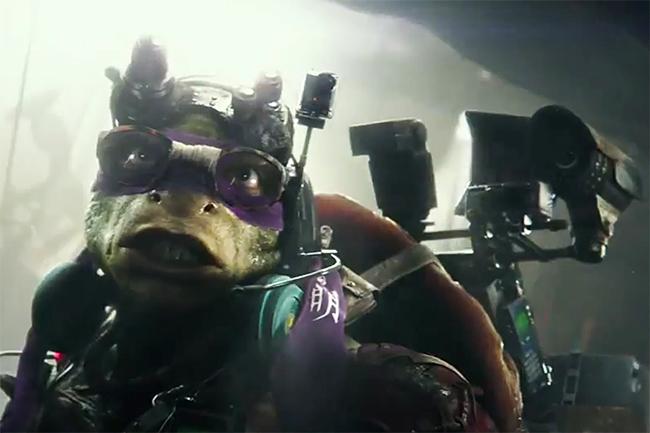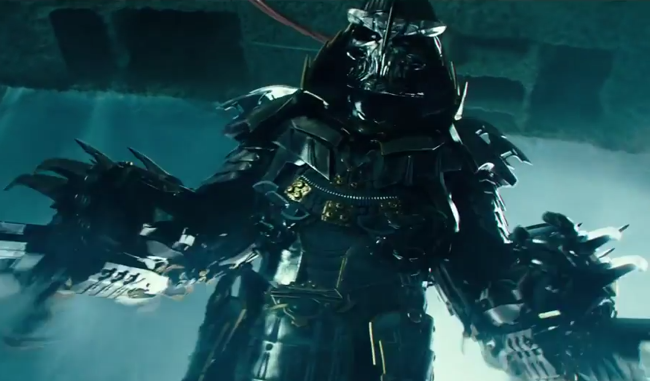What made Sylvester Stallone's original entry The Expendables (2010) unique, was that it combined its cast with a number of actors that were from his time and on. According to Stallone, the first film was not blended well with its genres. He didn't know what he wanted it to be; more comedic, more dramatic - he was unsure. Then came the anticipated sequel The Expendables 2(2012) which pleased fans even more by garnering up even more veteran actors, bigger action and a more solid tone. Yet again, according to Stallone, he wasn't totally convinced of the genre it went into. After reading several updates about the movie, Stallone had stated that this entry had found the perfect balance between what he wanted in this franchise. The weird thing is, it's even less clear. But this is the least of the problems. There's a lot more here that needs to be addressed.
 |
| This happens less frequent now, and..... |
After the events from the last film, Barney Ross (Sylvester Stallone) and his crew find themselves running low on manpower. With only Ceaser (Terry Crews), Toll Road (Randy Couture), Lee Christmas (Jason Statham) and Gunner (Dolph Lundgren) left, although the only one absent temporarily is Yin Yang (Jet Li), the team begins to feel a little worn. Luckily they break out an old friend named Doc (Wesley Snipes), someone from Ross' past. There they team up for a manhunt on an individual Ross & Co. never saw coming. The person they end up finding is Conrad Stonebanks (Mel Gibson), an ex-expendable. Then, with no foresight, Barney and his team are hit hard. This sends Barney into a mode where he wants to finish the job but without losing his team members. So he sets out to find a younger set of expendables. The idea is thoughtful for how it'll continue with new blood but unfortunately its execution has issues.
The biggest problem is that the movie is over saturated with characters. There are too many additions for every character to be developed decently. There's nothing wrong with Mel Gibson playing a villain - the problem is showing its audience practically nothing about him. He's a villain, so of course he's going to be rude and heartless but other than that, all fans will understand is that he sells boring paintings to buyers,...or something like that. Even, Eric Roberts from the first film and Jean-Claude Van Damme from the second had clear motivations. Here, Gibson is just a black market dealer,..maybe an explanation isn’t given other than his past. Gibson really doesn't even do that much until getting near the finale. However, this is nothing compared to Harrison Ford's, Arnold Schwarzenegger's or Jet Li's appearances. If you, the viewer, were expecting more time with these characters, I apologize but that isn't the case. Even Antonio Banderas is shortchanged for a good portion. There is just not enough time to fit in every single character properly. Most of their screen time is dedicated to the finale, which is nice but still will leave the audience feeling gipted.
Don't get me wrong, seeing all these different actors come together on the same screen is awesome but it would've been better to introduce over a longer period that just being thrown in all at once. The old cast is able to maintain their usual charm along with the new veteran additions. This goes for the younger set or "new blood" as their called. They all perform nicely. The direction is what slows the movie down, almost to 2 hours. With this new young cast, the recruitment takes time, which makes the movie feel longer and bloated. When the action finally arrives, it does entertain to a point but even then there are mishaps. That being the special effects - you'd think with a less gruesome rating of PG-13, the effects would look better and perfected. When in fact, not only do some places look untouched, but also there are some action shots that are repeated,...REPEATED.
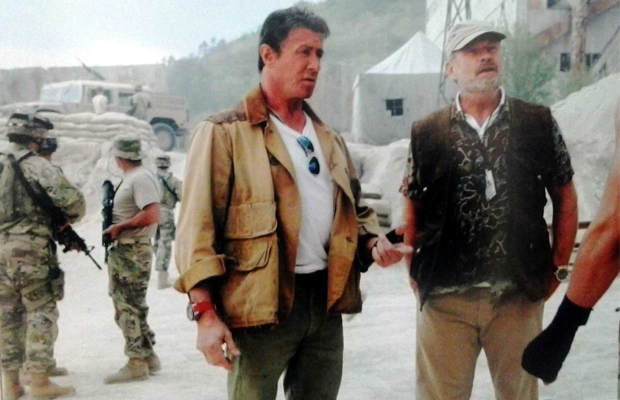 |
| Recruitment is taking over.... |
Cinematography is nice at times but there were frequent changes in location so it's hard to tell and doesn't give its audience a solid ground to where the home plate is. Music is disappointing too. Brian Tyler, a composer who normally produces entertaining scores has gone into dormancy. There were only a couple times I heard a unique theme. One was when Barney worked with the younger crew, Tyler made the expendables theme sound more electronic as if to make it sound more up-to-date than as quoted by one of the new bloods "from 1985" - which would be the original theme, which is also maintained. The argument is that Tyler doesn't do much of anything else except recycle the same tracks from the past films. Tyler is a great composer, so why he had to be lazy, looks bad. Sigh, this is an entry that works but its stakes were raised too high this time.
Stallone's third entry is fun because of how many faces in can jam into its running time, but this is also its biggest flaw. The action and music entertains to a point, but with so many characters, development takes a back seat. There are also other places that feel cheap, like its special effects and cast appearance time.
Points Earned --> 6:10


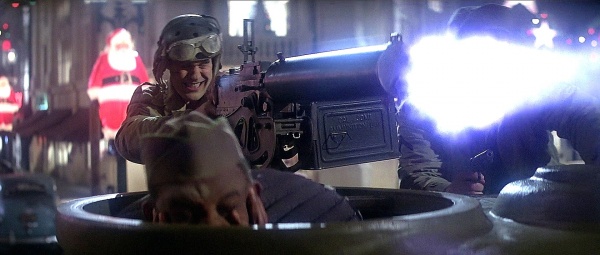
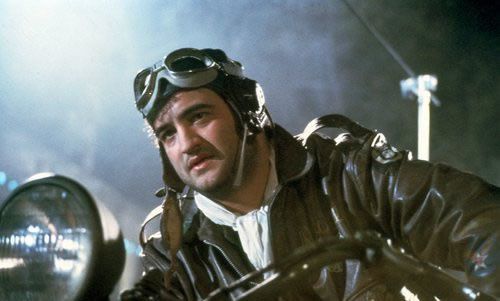









.jpg)




